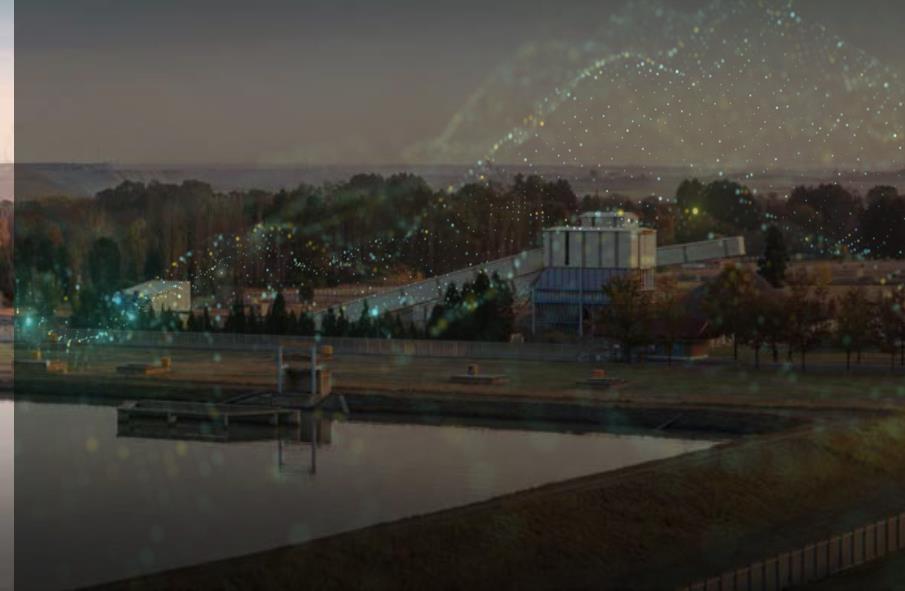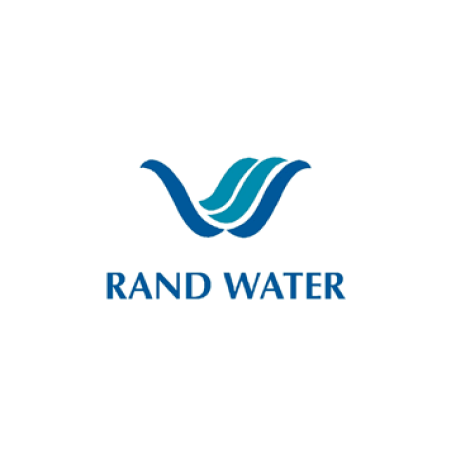Goals
The integration of a vast and geographically distributed information network to support regional and central decision-making
Remote measurement of mission-critical variables such as water flow and quantity, pH, turbidity, chlorine levels, conductivity, reservoir levels and pipeline pressures
Calculation of water balances in order to assist with the identification of problem areas, faulty instruments as well as the calculation of the network’s efficiency in future
Solutions and Products
AVEVA System Platform
AVEVA InTouch
AVEVA Historian
Results
A single and integrated business view and control of Rand Water’s extensive network assets through the integration of its insular control systems
Background
Established in 1903, Rand Water is the largest water utility in Africa, delivering on average 3.5 million tons (3500 million litres) of some of the purest drinking water in the world to approximately 11 million people every day through local authorities, large industries and mines. The success of such an operation depends on the smooth running of a vast distribution network spanning 18 000 km2 plus 13 000 km2 of which is shared with other water utilities. With an annual turnover of more than R3 billion and assets in excess of R5 billion, customer satisfaction through the effective management, control and utilisation of its water delivery infrastructure is top of the agenda at Rand Water.
The Rand Water network consists of 2 major water treatment sites, 13 booster pumping stations, 3000 km of pipelines, 32 storage reservoirs and approximately 1500 customer meters (e.g. municipalities).
This network is supervised by a wide range of control systems including a variety of PLCs, SCADA systems, meters as well as a diverse range of data networks and protocols.
Rand Water’s province-sized “shop floor” required an approach that would help it integrate control and collate information in order to optimise the use of existing assets and streamline infrastructure utilisation. The time had come to aggregate the information from the distributed databases and to make this information available to operational management for monitoring the whole operation of bulk water supply throughout Rand Water’s network at a glance. This was the start of the ArchestrA-based Rand Water Control Centre project.


